I want to find the fundamental frequency for human voice in an Android Application. I'm calculating this one with this FFT class and this Complex class.
My code to calculate FFT is this:
public double calculateFFT(byte[] signal)
{
final int mNumberOfFFTPoints =1024;
double mMaxFFTSample;
double temp;
Complex[] y;
Complex[] complexSignal = new Complex[mNumberOfFFTPoints];
double[] absSignal = new double[mNumberOfFFTPoints/2];
for(int i = 0; i < mNumberOfFFTPoints; i++){
temp = (double)((signal[2*i] & 0xFF) | (signal[2*i+1] << 8)) / 32768.0F;
complexSignal[i] = new Complex(temp,0.0);
}
y = FFT.fft(complexSignal);
mMaxFFTSample = 0.0;
int mPeakPos = 0;
for(int i = 0; i < (mNumberOfFFTPoints/2); i++)
{
absSignal[i] = Math.sqrt(Math.pow(y[i].re(), 2) + Math.pow(y[i].im(), 2));
if(absSignal[i] > mMaxFFTSample)
{
mMaxFFTSample = absSignal[i];
mPeakPos = i;
}
}
return ((1.0 * sampleRate) / (1.0 * mNumberOfFFTPoints)) * mPeakPos;
}
and I have the same values as How do I obtain the frequencies of each value in an FFT?
Is it possible to find the fundamental frequency from these values? Can someone help me?
Thanks in advance.

